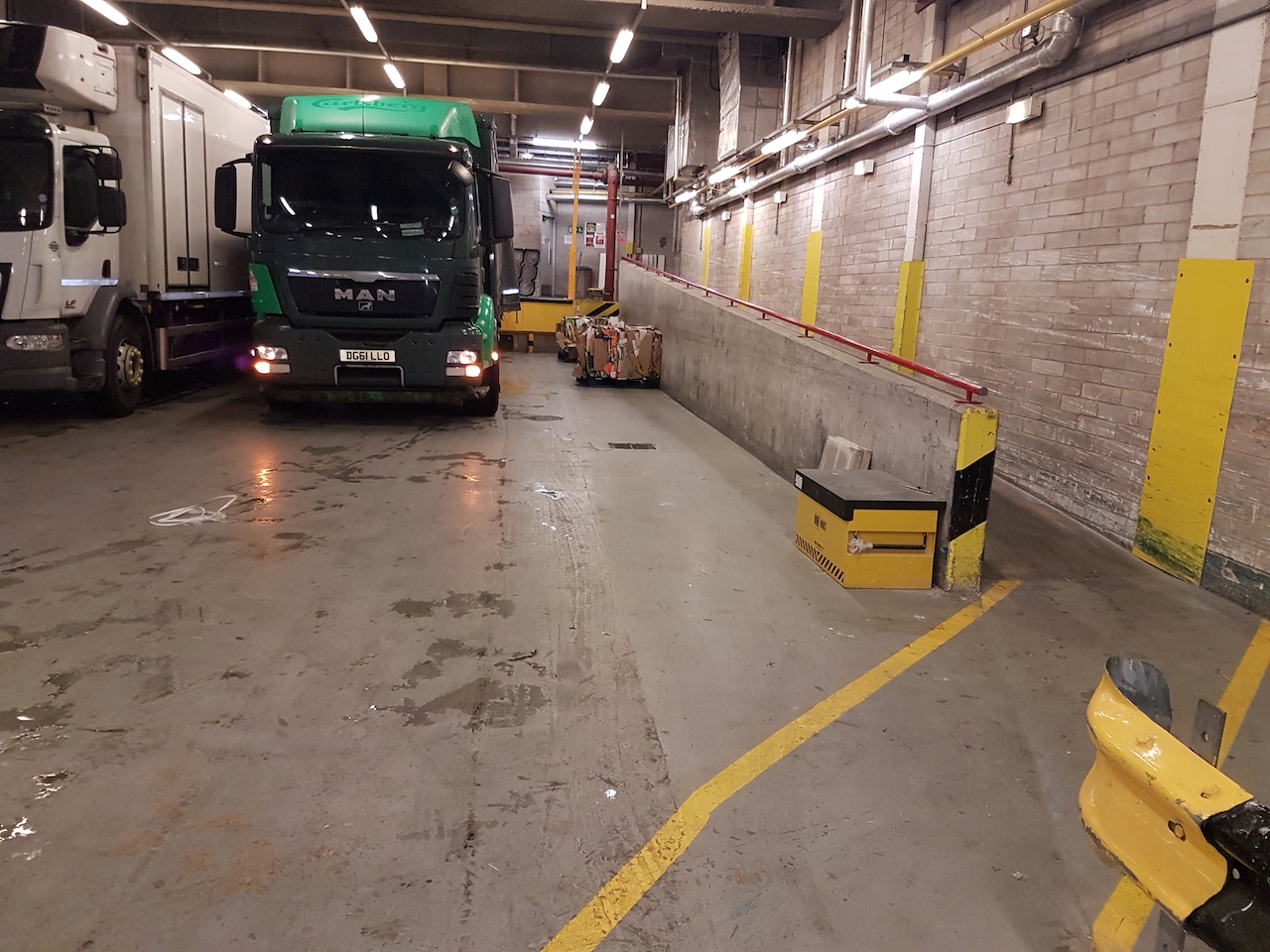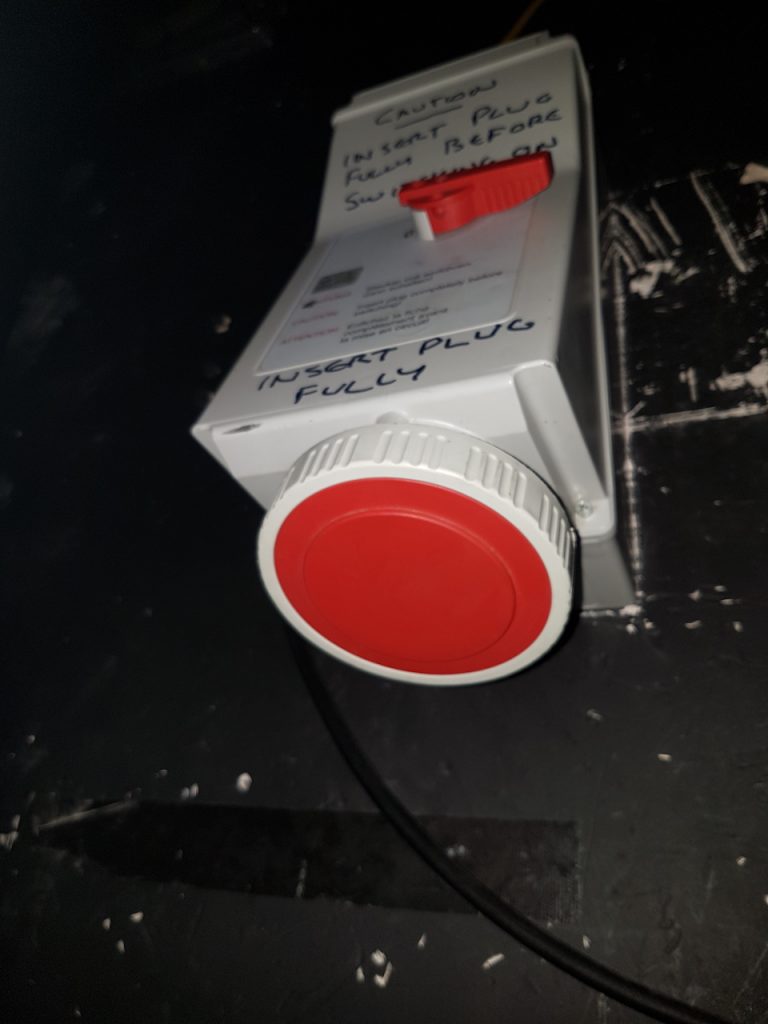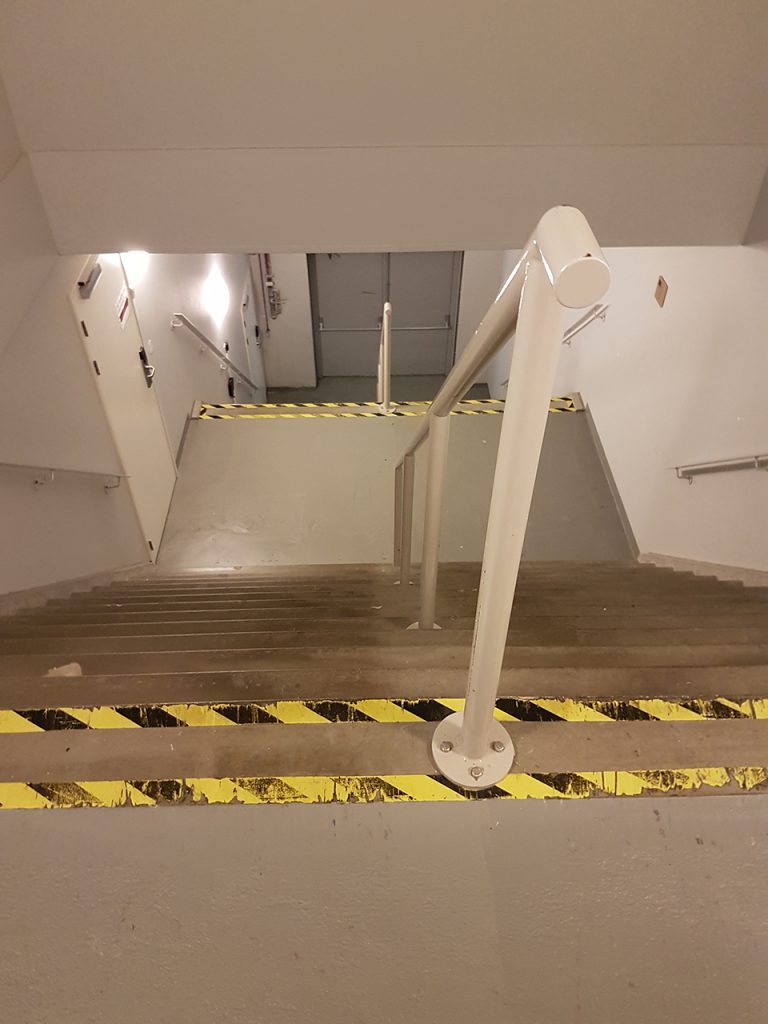
Flawless delivery of live events starts with a technical site visit (part 2)
In the first part of our blog we looked at technical site visits, when we evaluate the venue chosen by our live event agency client, from the perspective of specifying the video, lighting and sound equipment for the event, to say nothing of the set and stage.
In this second instalment we look at the remaining major considerations, without really worrying about where our team will stay if it’s an event lasting two or more days, or how far in advance we need to book all the experienced technicians we will need, or travel to overseas venues.
Dedicated technical power supplies matter
Technical equipment needs a dedicated power supply if possible. A standard Euro or 13A ring mains is best avoided to power projectors, lights and sound desks – nobody wants a venue coffee machine or dishwasher potentially interrupting a power supply connected to equipment used to convey important corporate messages live on stage.
Distribution of power onsite with a distribution box, taking power to where it’s needed most is almost mandatory and one of the most important considerations amongst all the detail.
We always need to know what supply is available, the connection type and where the supply is located. With this information we can cable the whole job appropriately and bring the right connections to guarantee the best possible chance of an uninterrupted power supply.
It’s also worth noting that venues will sometimes charge an additional fee for technical electricity mains supplies, which is something we will identify during our site visits.
Getting all the equipment in the right place
The time it takes to get all our equipment into a venue can be affected by a huge range of factors, including: delay in getting trucks into bays; congested or lengthy load-in routes for equipment; staircases that hinder the movement of wheeled flight-cases and access for large hand carried items, such as staging or set panels.
Heights and loading restrictions for load bays should be checked prior to arriving onsite, with weight restrictions of roads leading to the venue also an important consideration, given that the truck needs to arrive when you want it to.
Lengthy distances from the bay to the conference room, add time to load-ins. We may need extra crew during the load-in, with the time to get the equipment moved factored into our project plan. Also, tight corners or routes congested with hotel items are a nuisance and can slow access times.
Stairs really are the ultimate enemy for AV companies with a high volume of wheeled flight-cases to get into conference spaces. If the route from the bay to the event space hasn’t been checked, there is risk of a nasty delay.
The final check on access routes should be how the larger items will be loaded into the building. For instance, if set panels need to go up or down levels in back of house stair wells, are these large enough to pass items through?
If you need to load into a public space with larger items, are there restrictions at the venue that you should understand before assuming everything is fine. This is where good communication and good relationships with the venue team are vital in these circumstances.
Of course, we check for all these load-in considerations, but the time to unload, move equipment, climb stairs etc., can add considerably to the time we’re on-site and that will clearly impact cost.
Busy venues can create congestion
Event space is often booked solidly in busy conference periods, so it is imperative the venue is asked if there are set times by which they would like the equipment loaded in or out.
There is nothing more inefficient and potentially dangerous than one AV company trying to load-in its equipment, while another AV company is still trying to remove theirs.

Good communication with the venue can help avoid this happening, but there will be times when it is unavoidable and this situation can really harm access plans in or exit plans out of a venue.
However, if we know in advance it is going to happen, we can plan accordingly and have done on many occasions in the past. Most experienced AV companies like TechPro will work together to overcome the problem and ensure both parties get what they want and remain happy.
This type of communication with venues is also critical for us to provide the Construction Design Management (CDM) compliant Health & Safety documentation we tailor specifically for each project.
And finally…
Hopefully, you now understand why we insist on a technical site visit, as it can have a significant effect on the cost and overall impact of the event.
A thorough and comprehensive technical site visit will also seriously reduce the stress levels for the live event agency team, knowing we have considered all the small details that can trip up the unwary on the big day.
If you have a live event in the planning and want less stress in the run up, then please get in touch today and appoint TechPro to manage your AV requirements. Then you can sit back and enjoy the site visit report that confirms we have it all under control.


